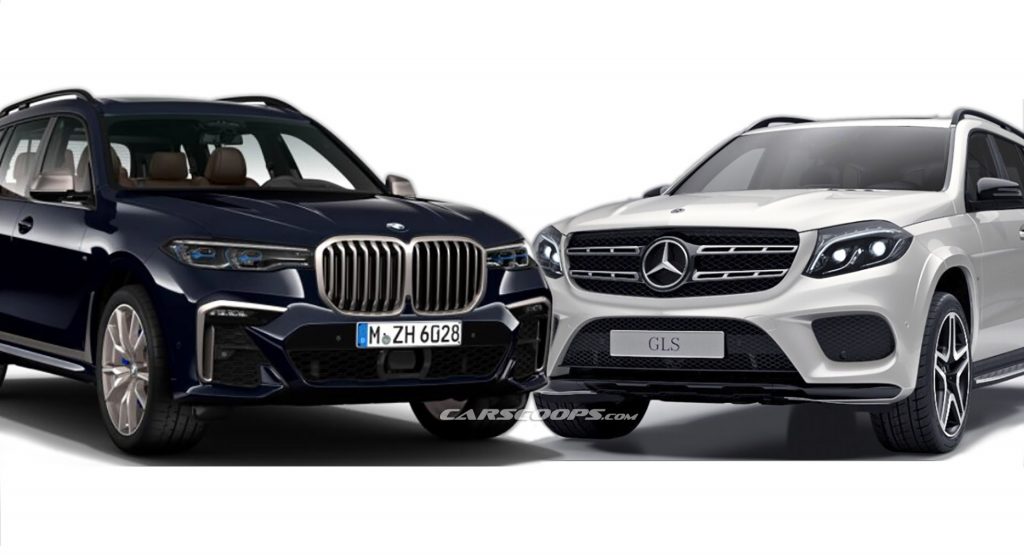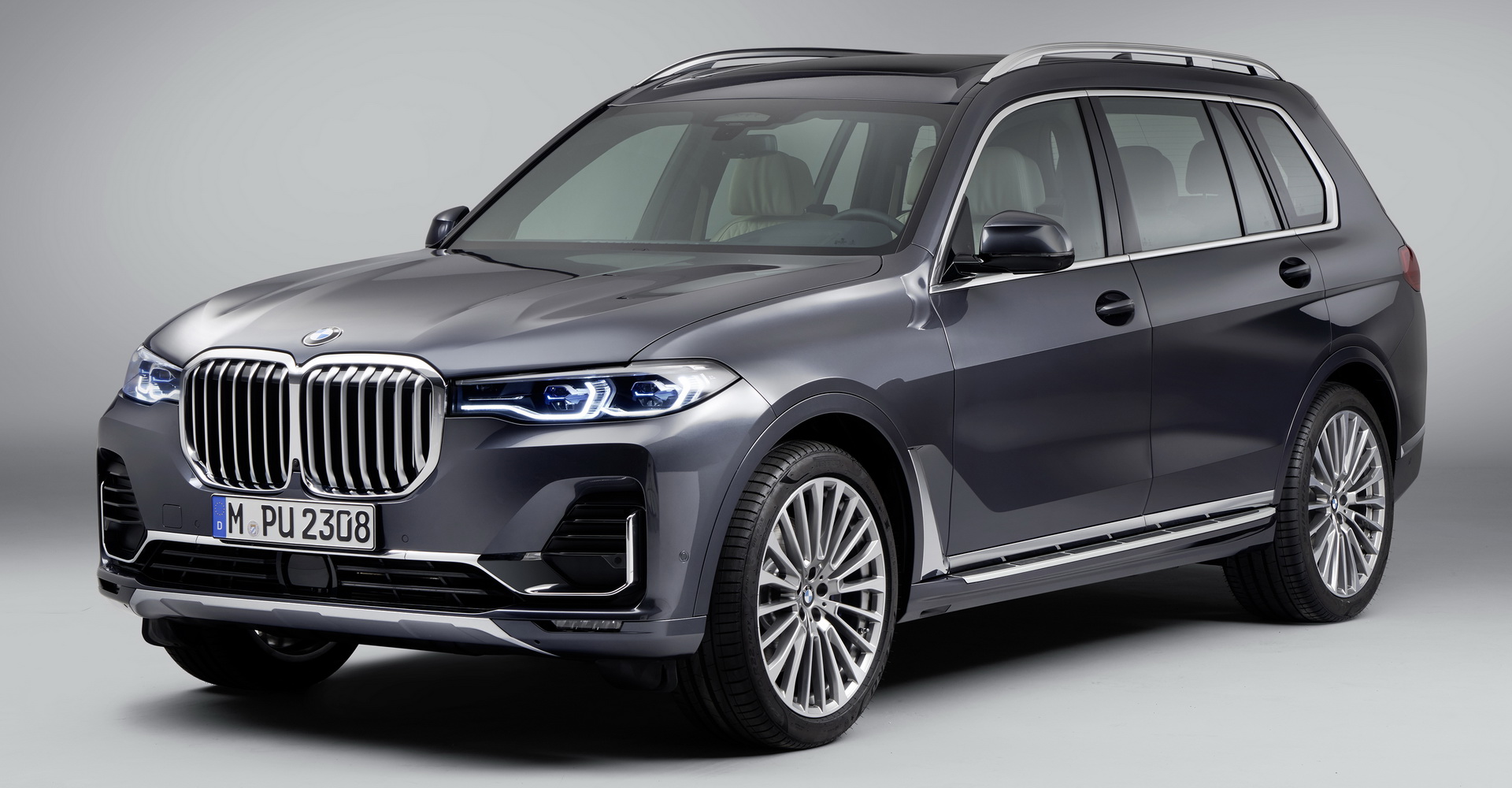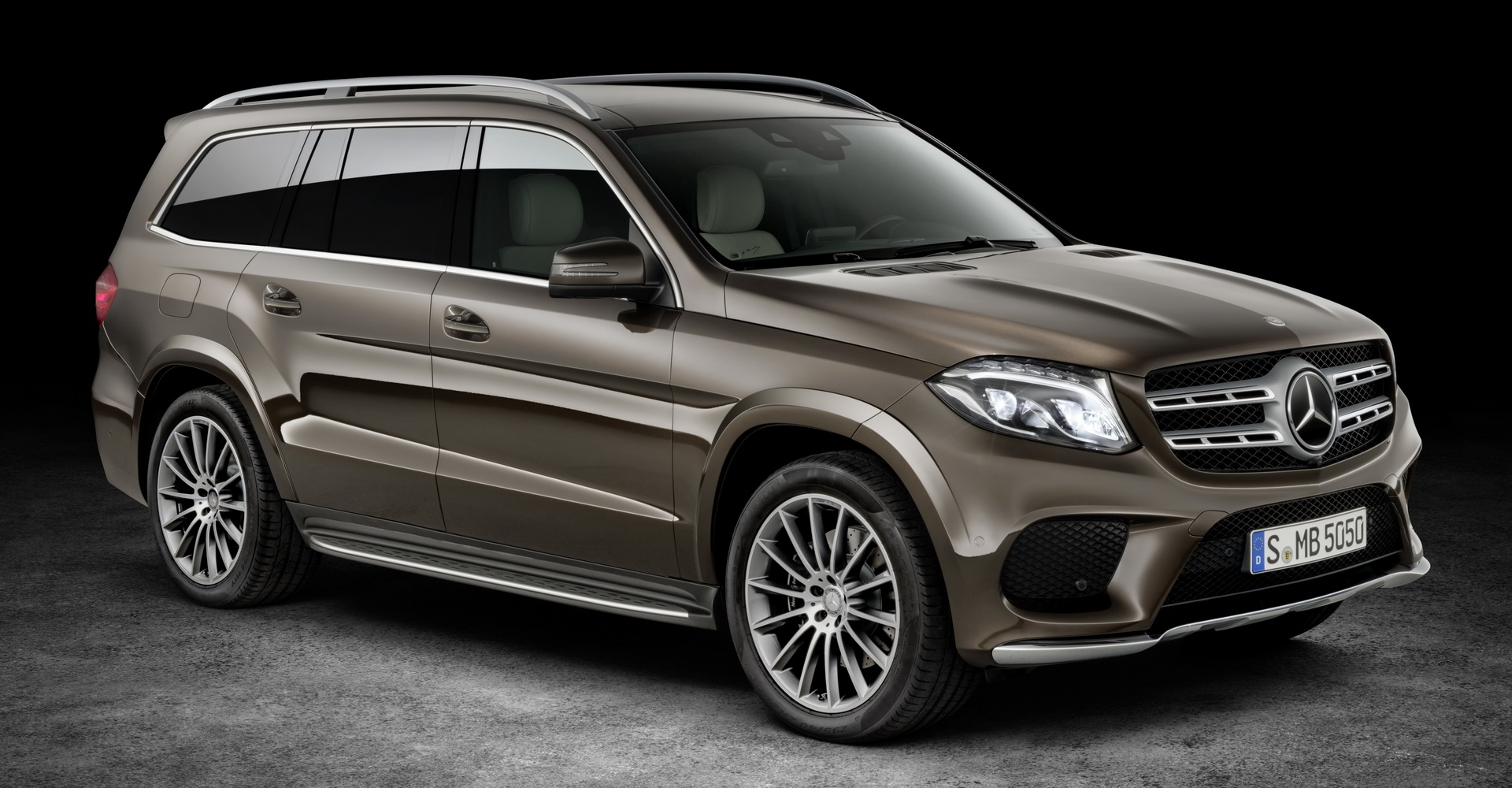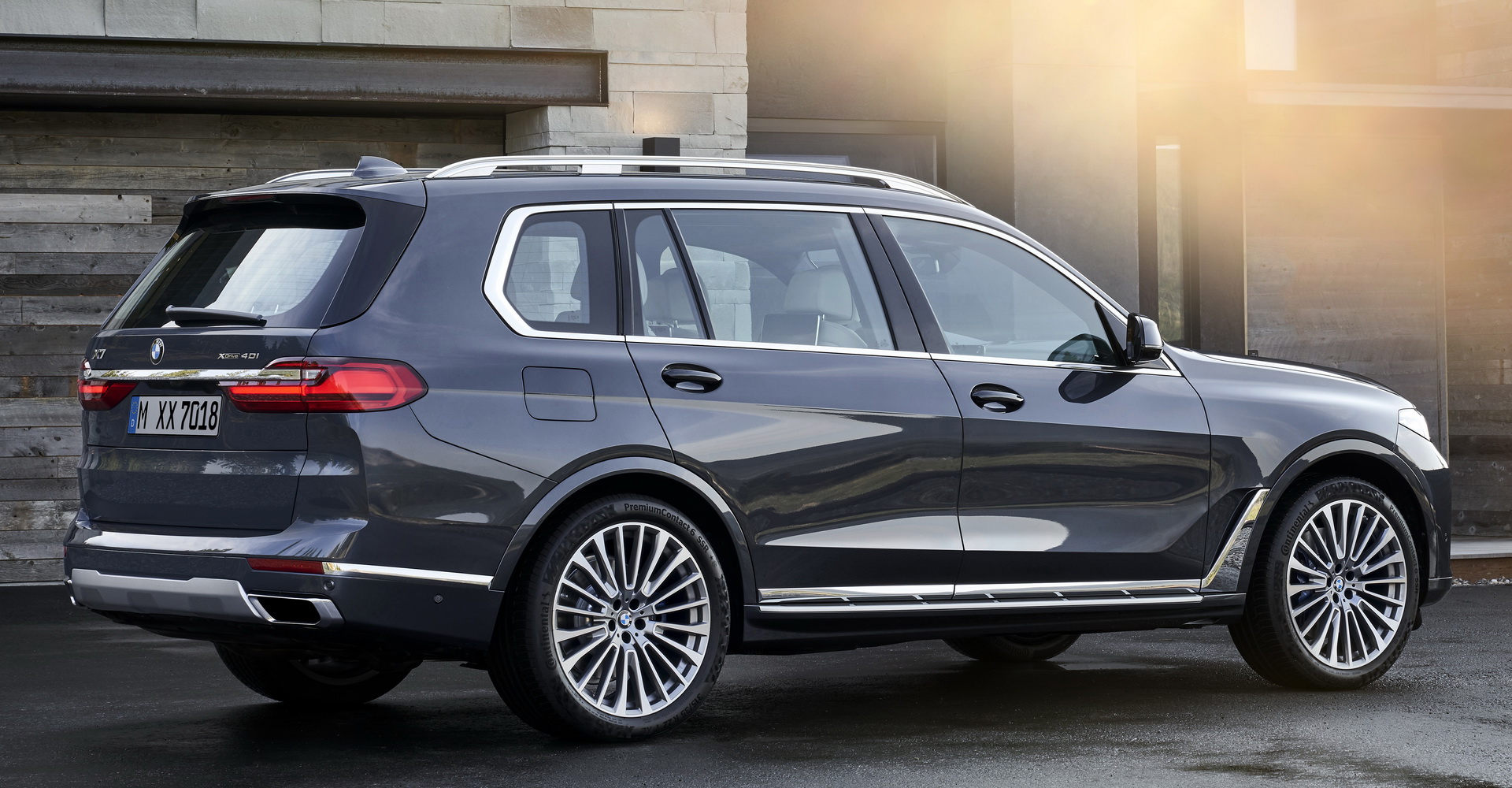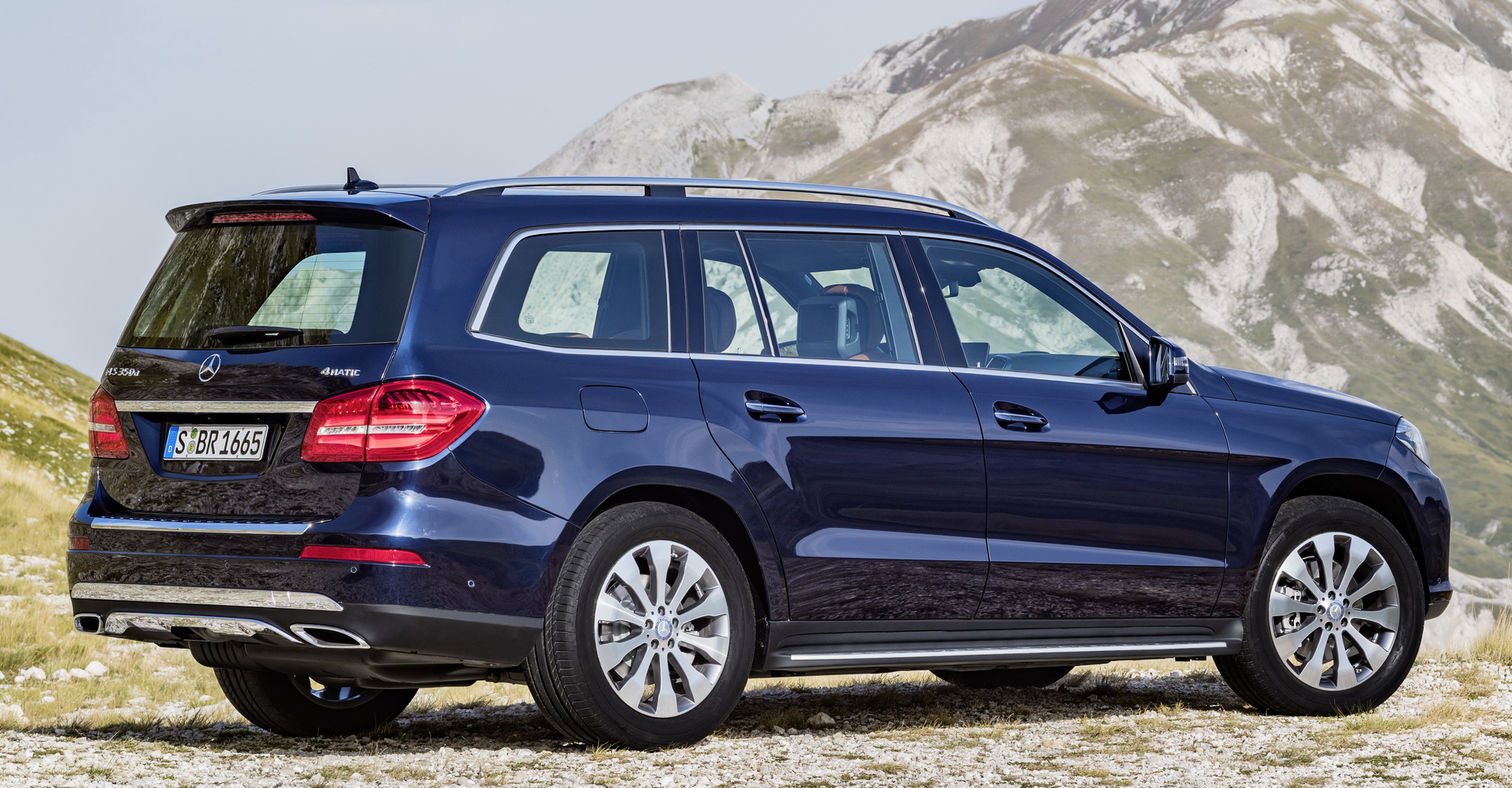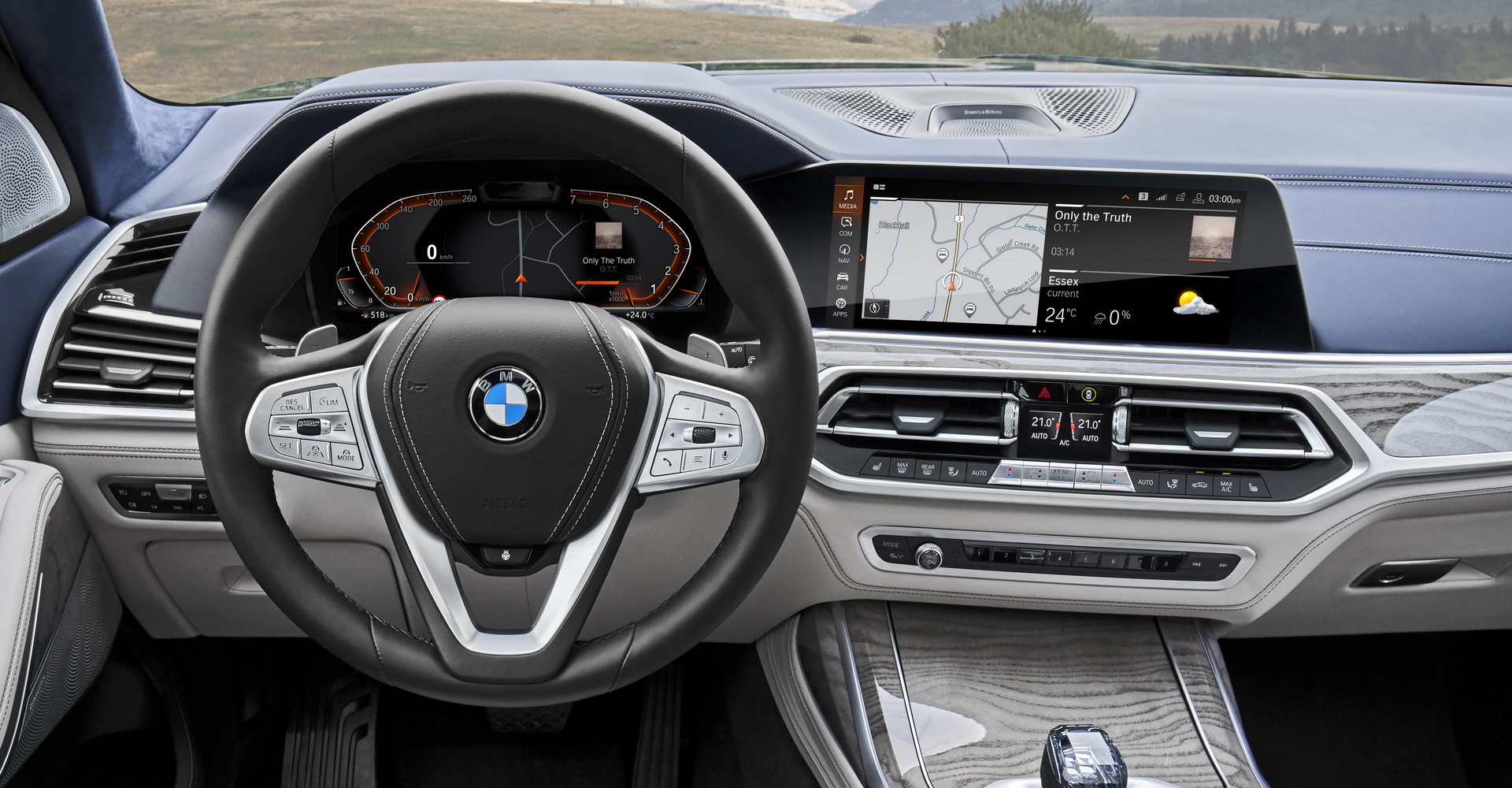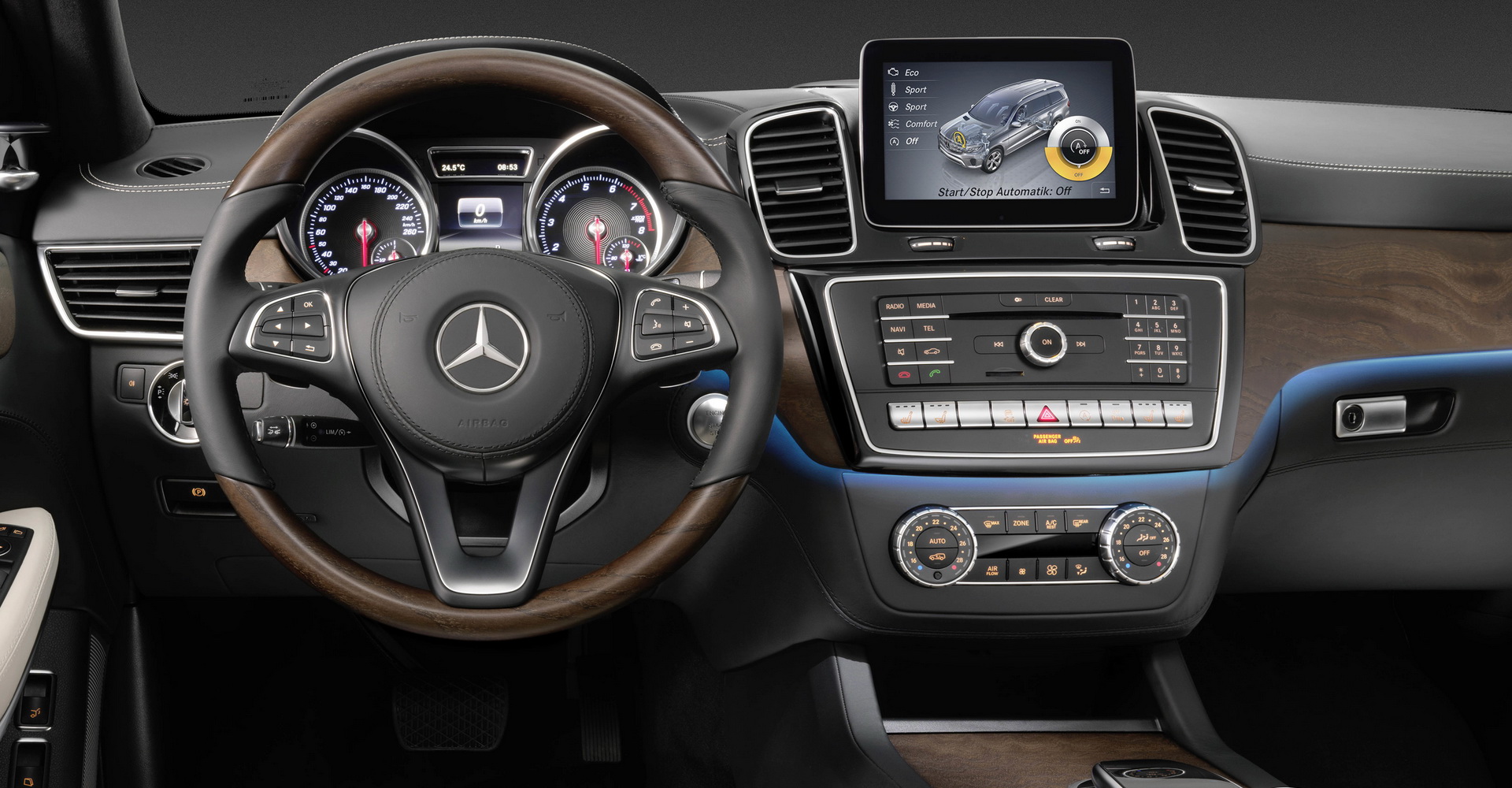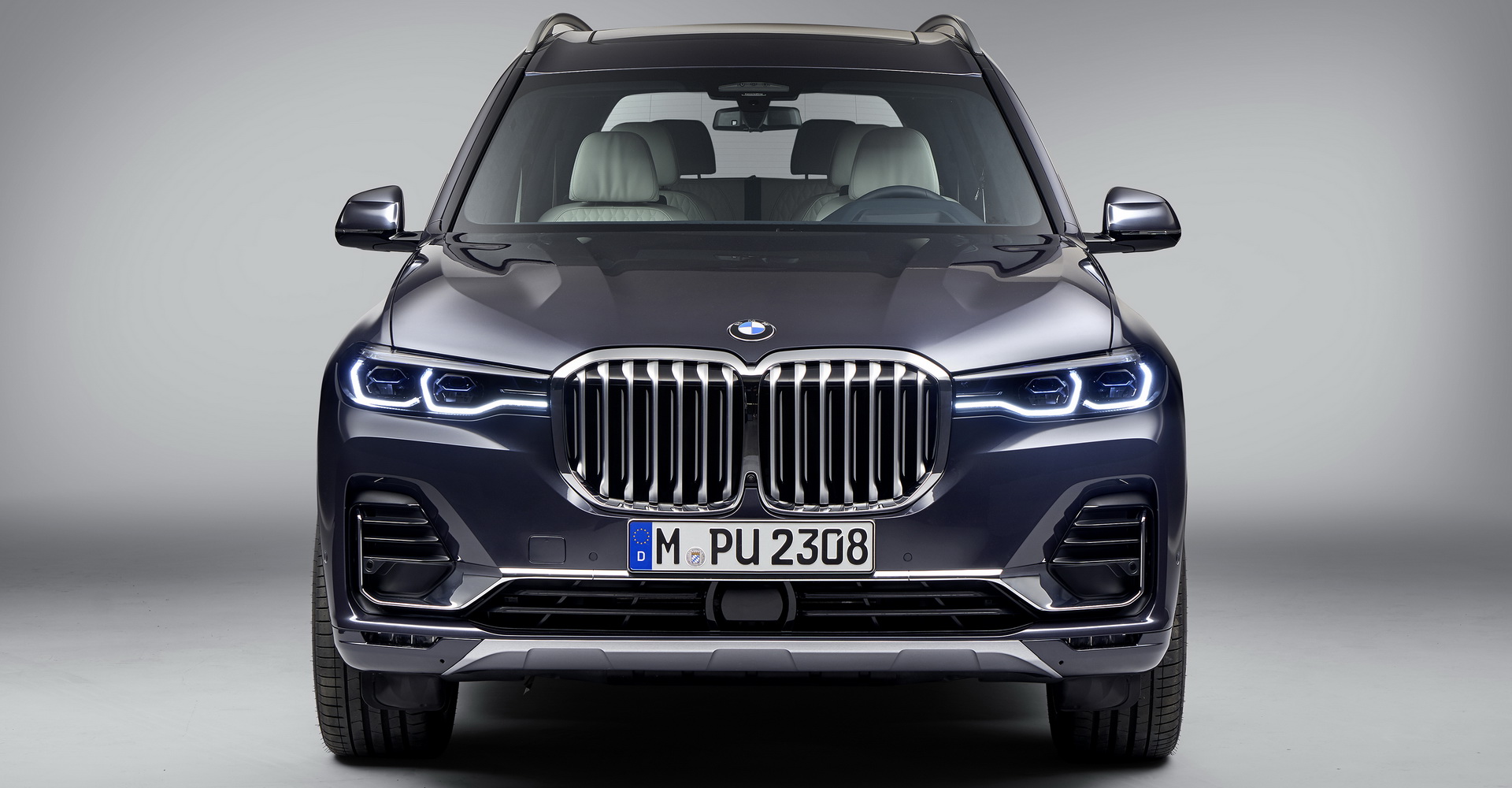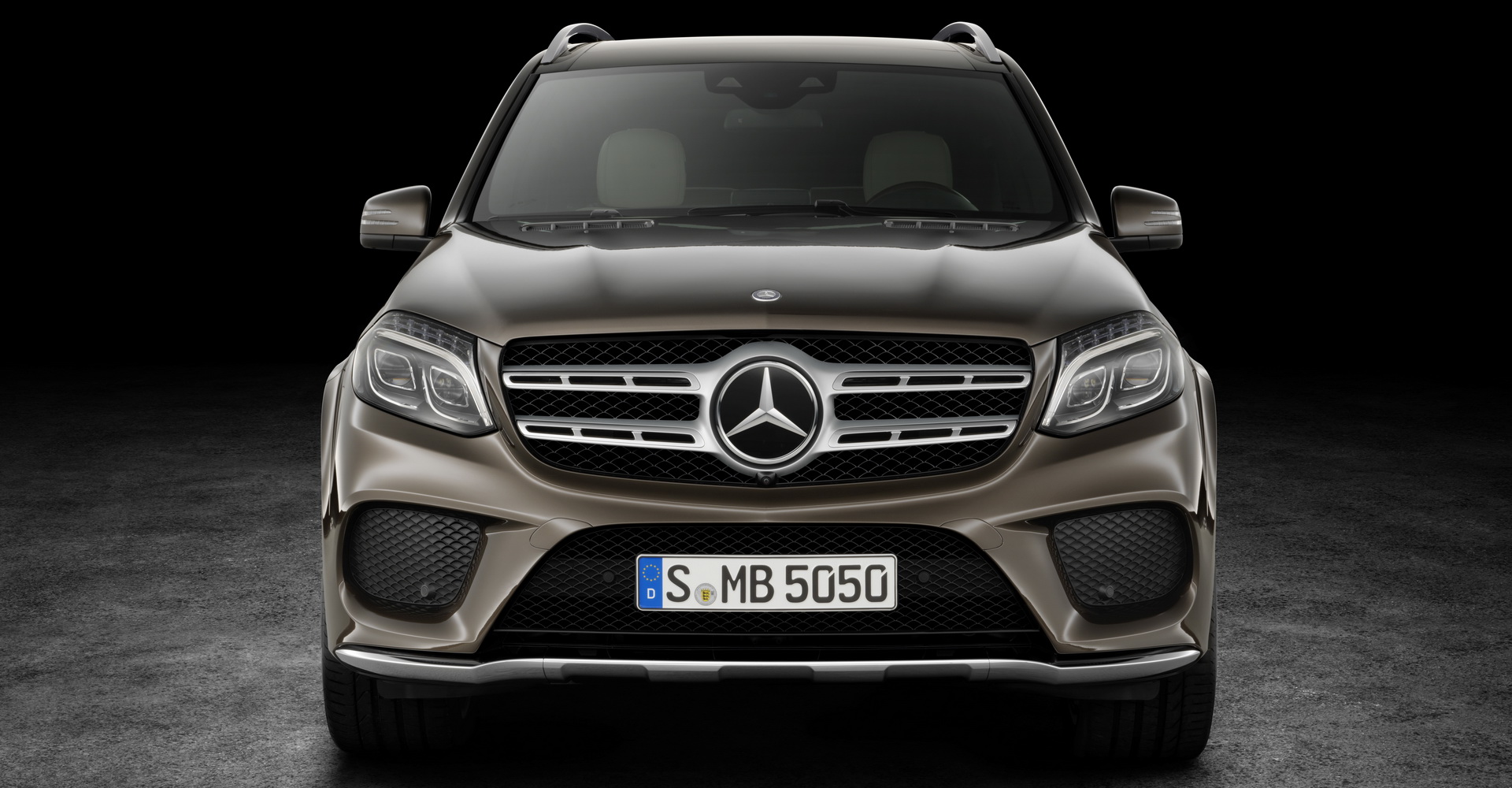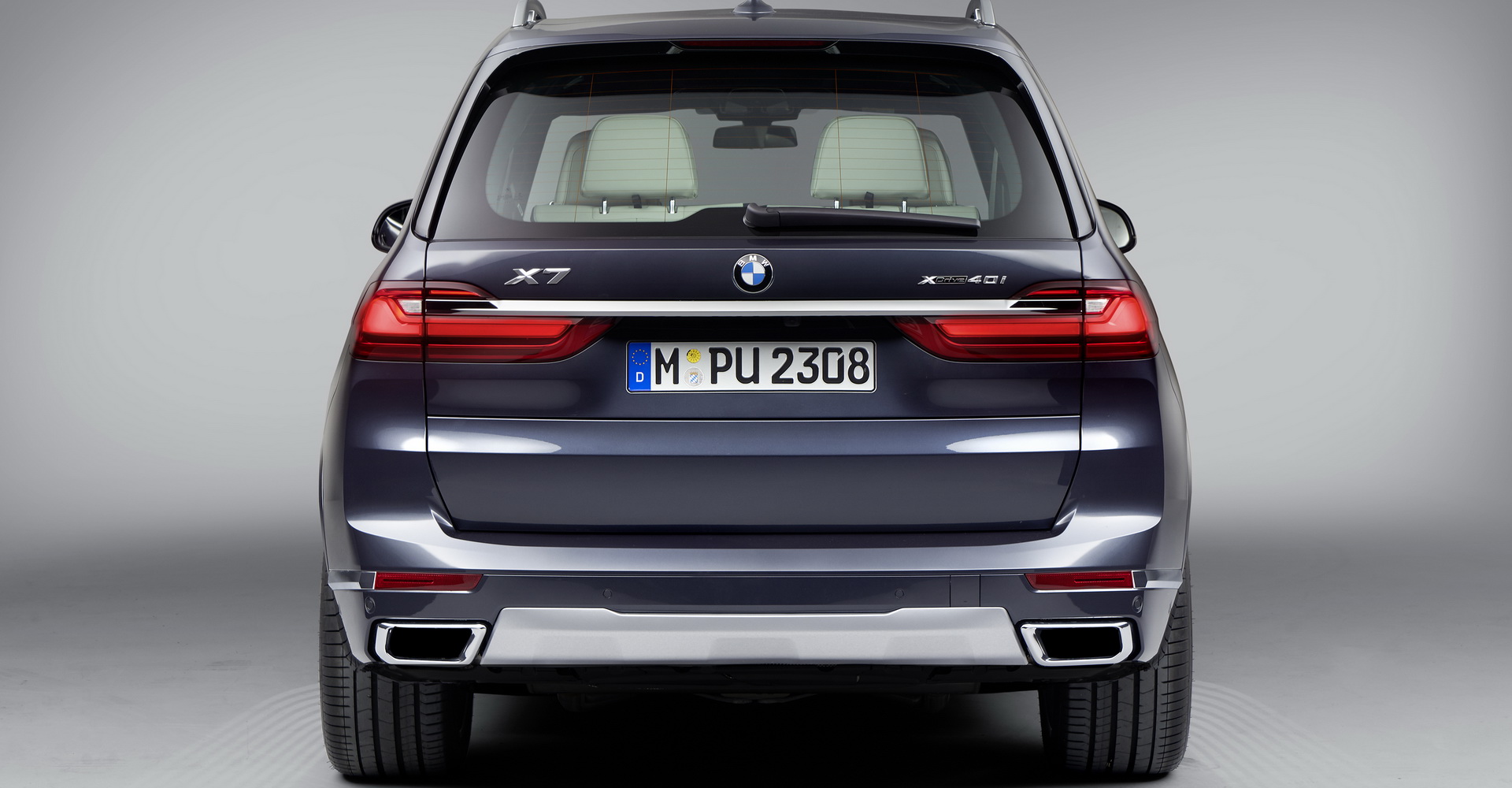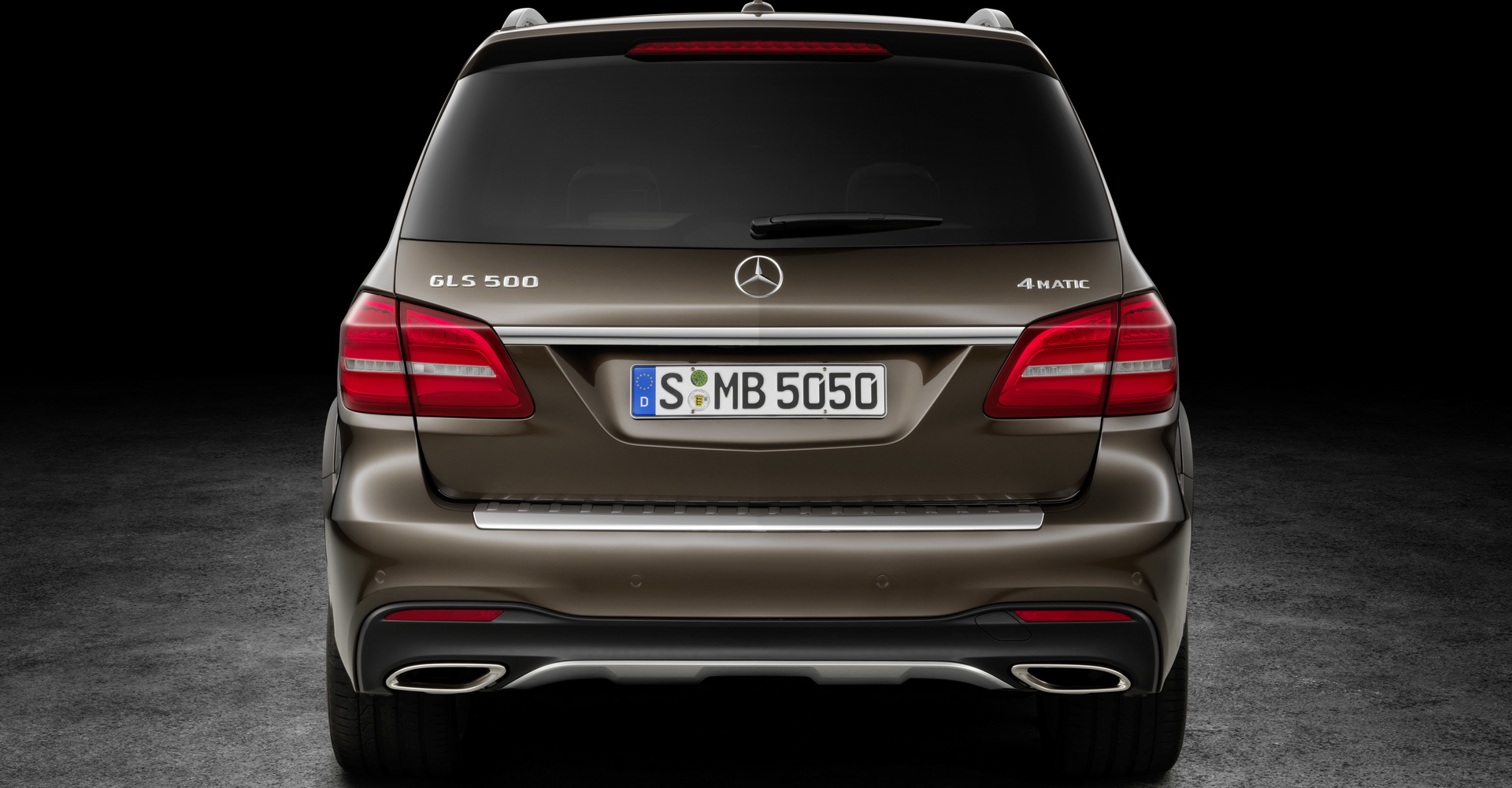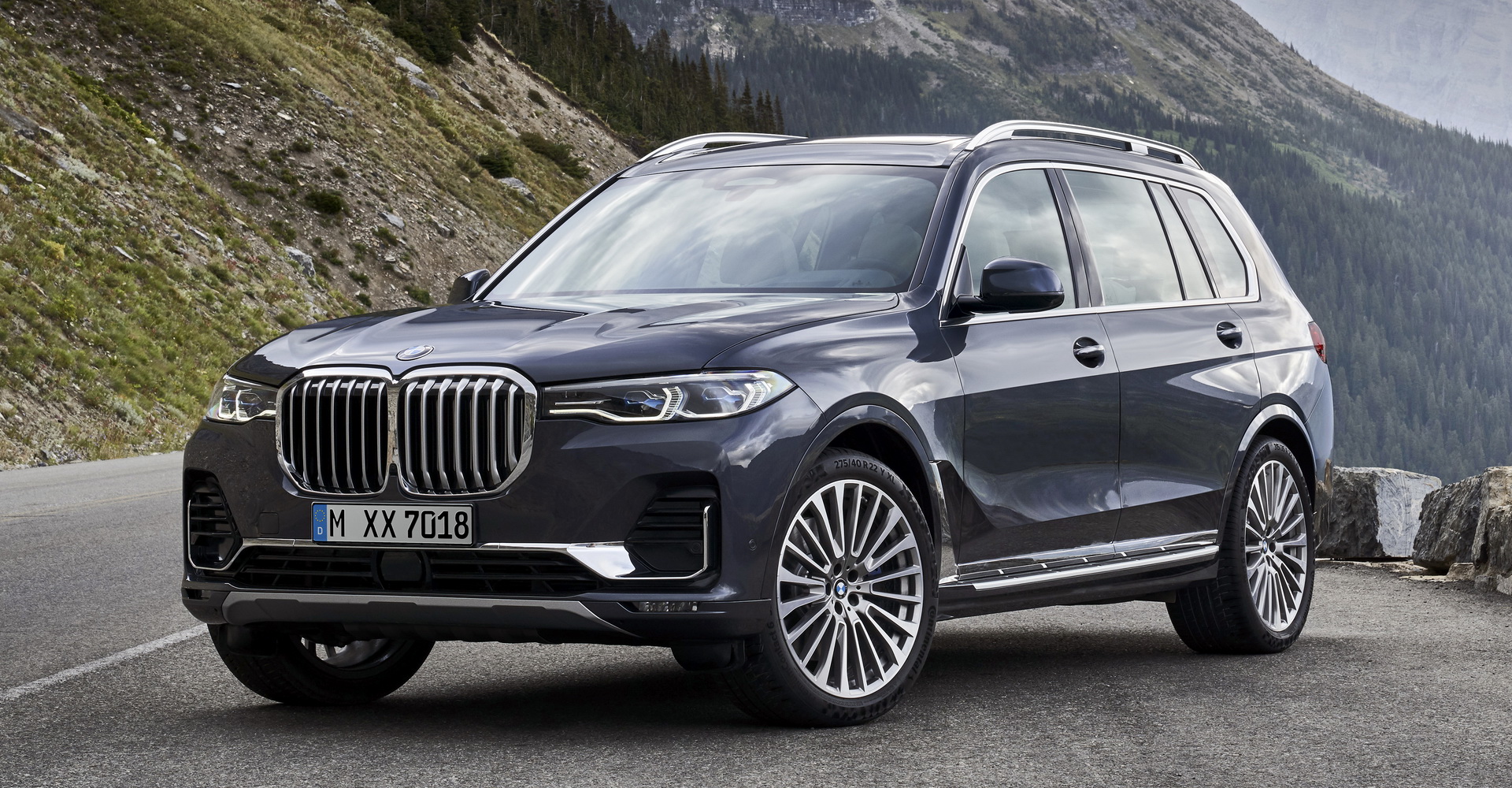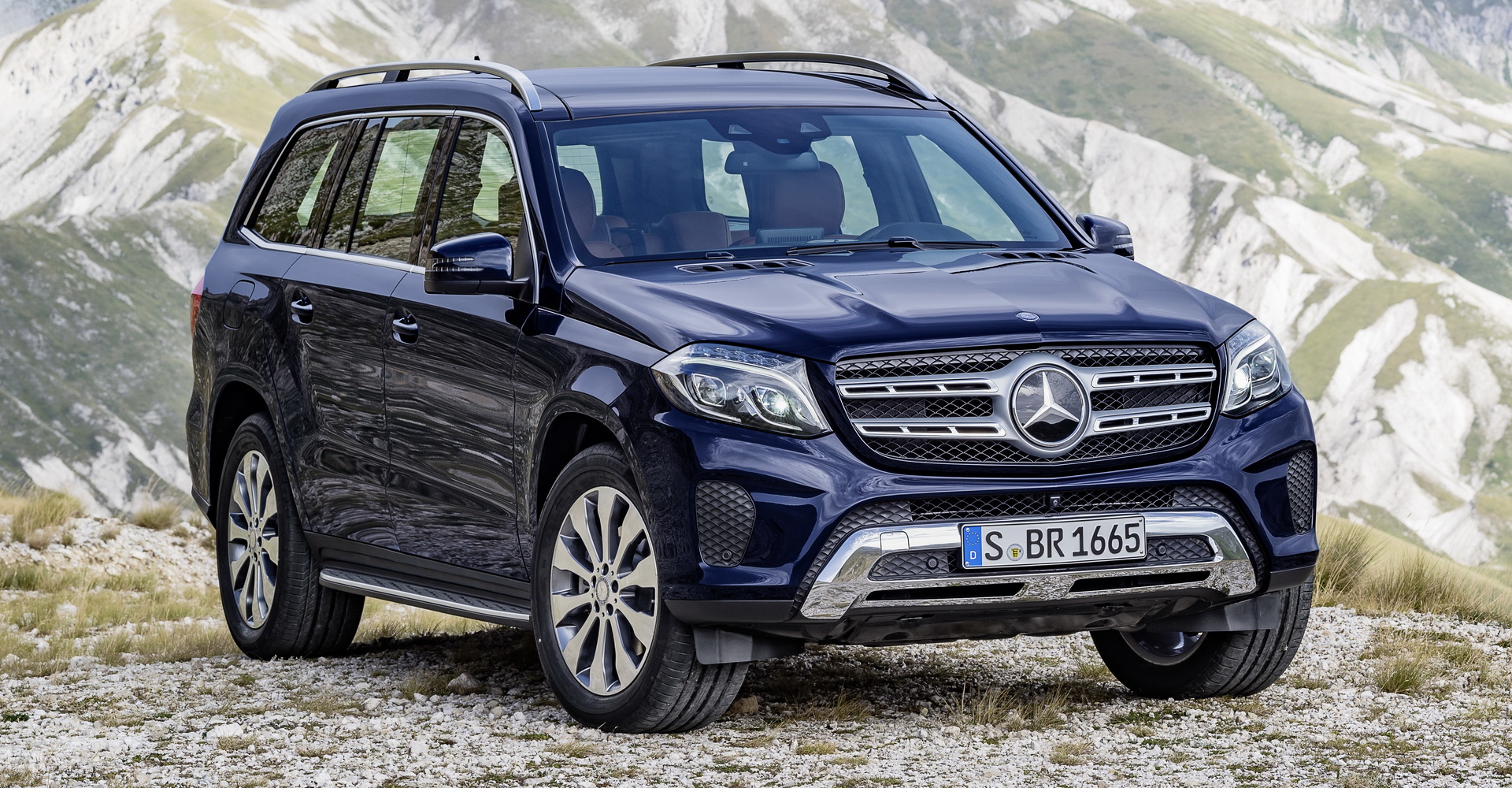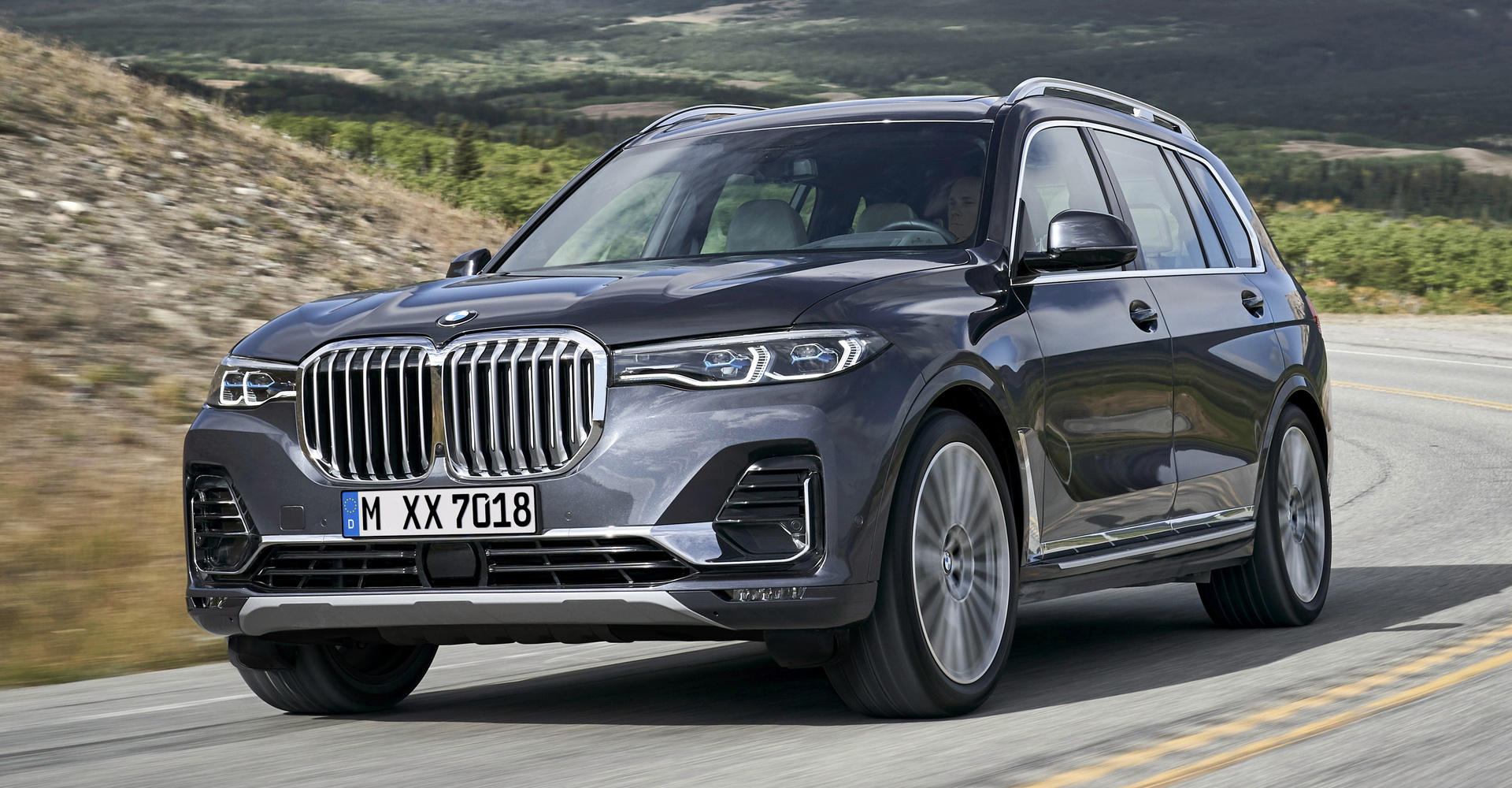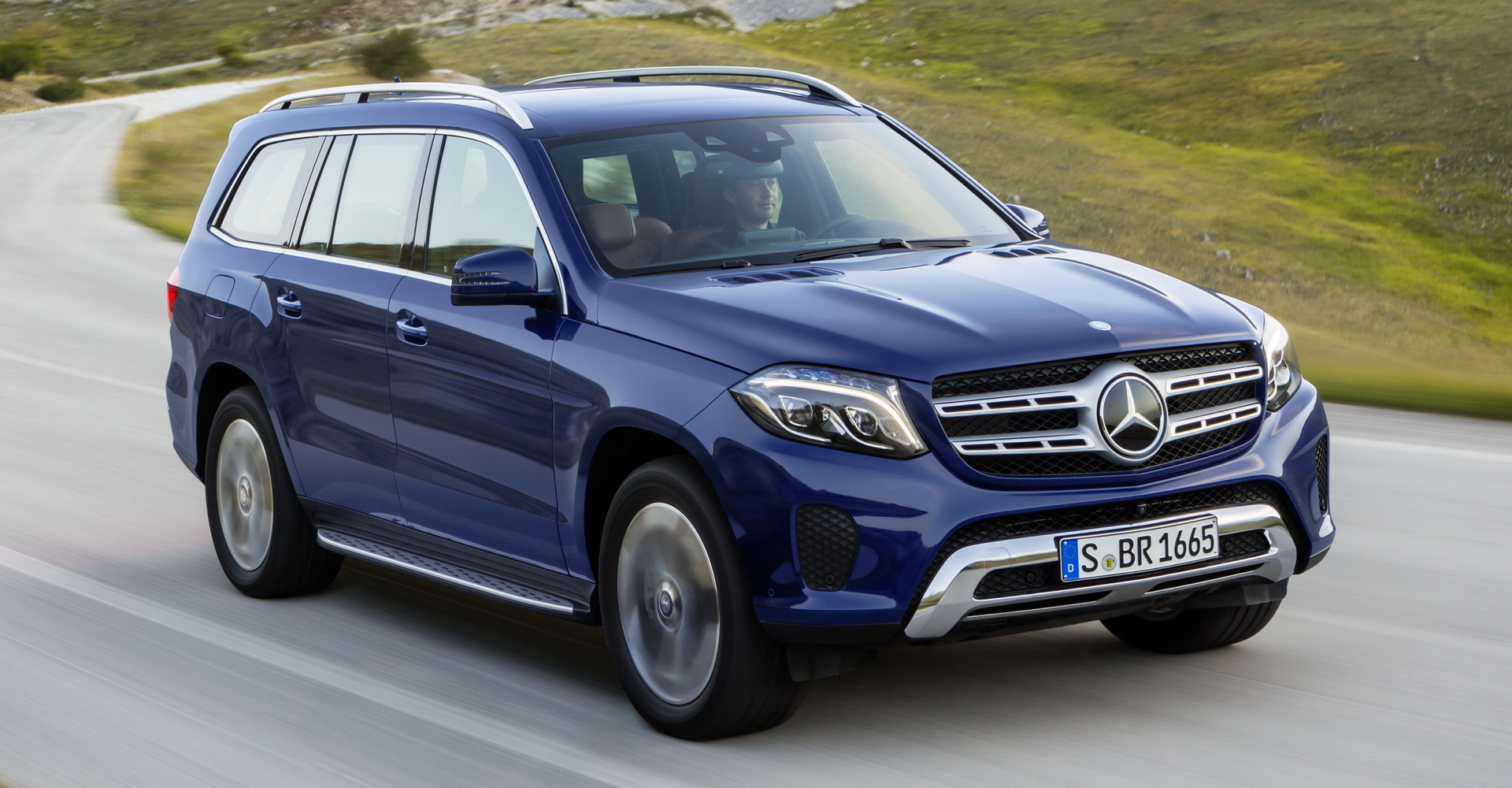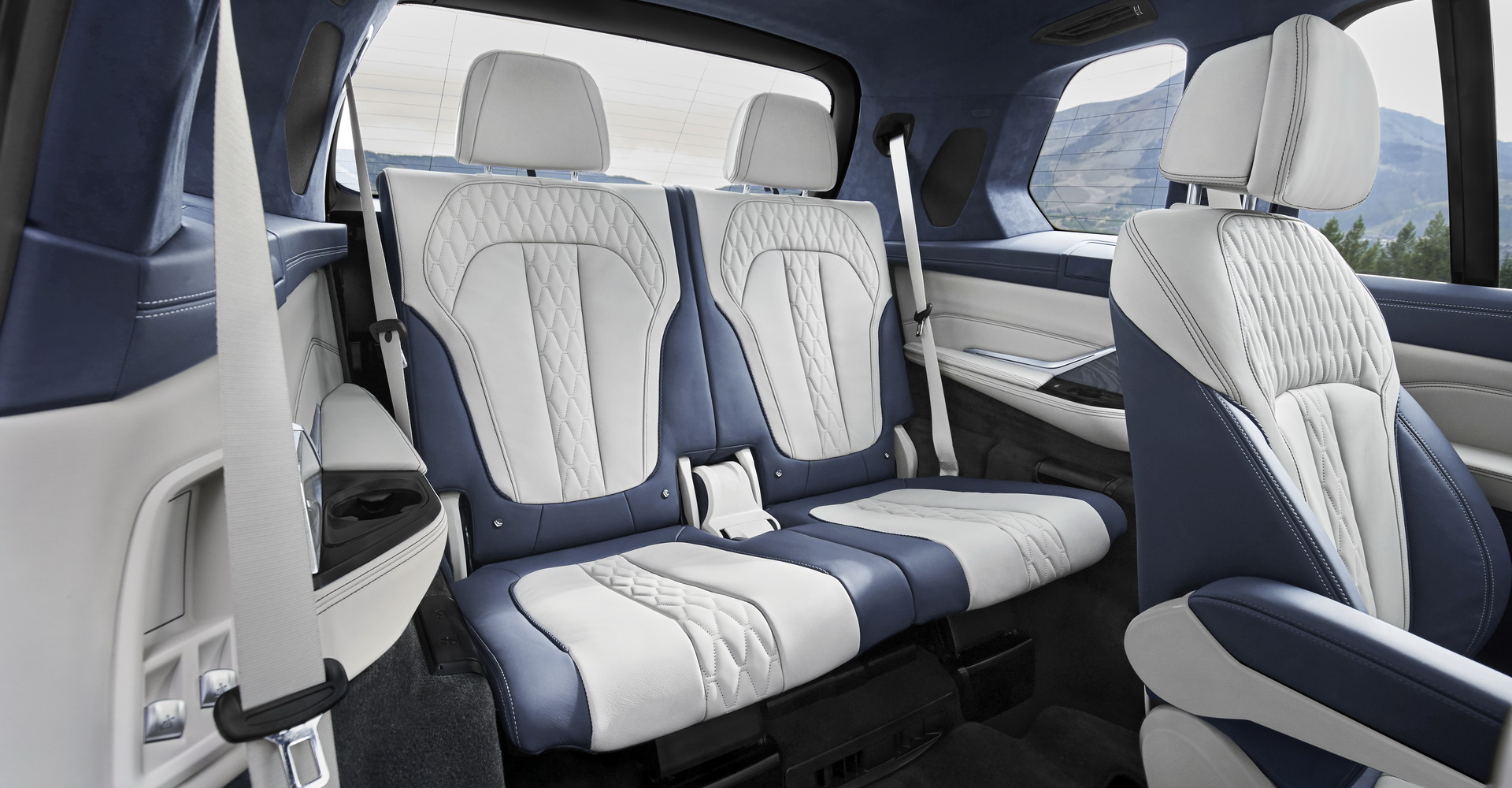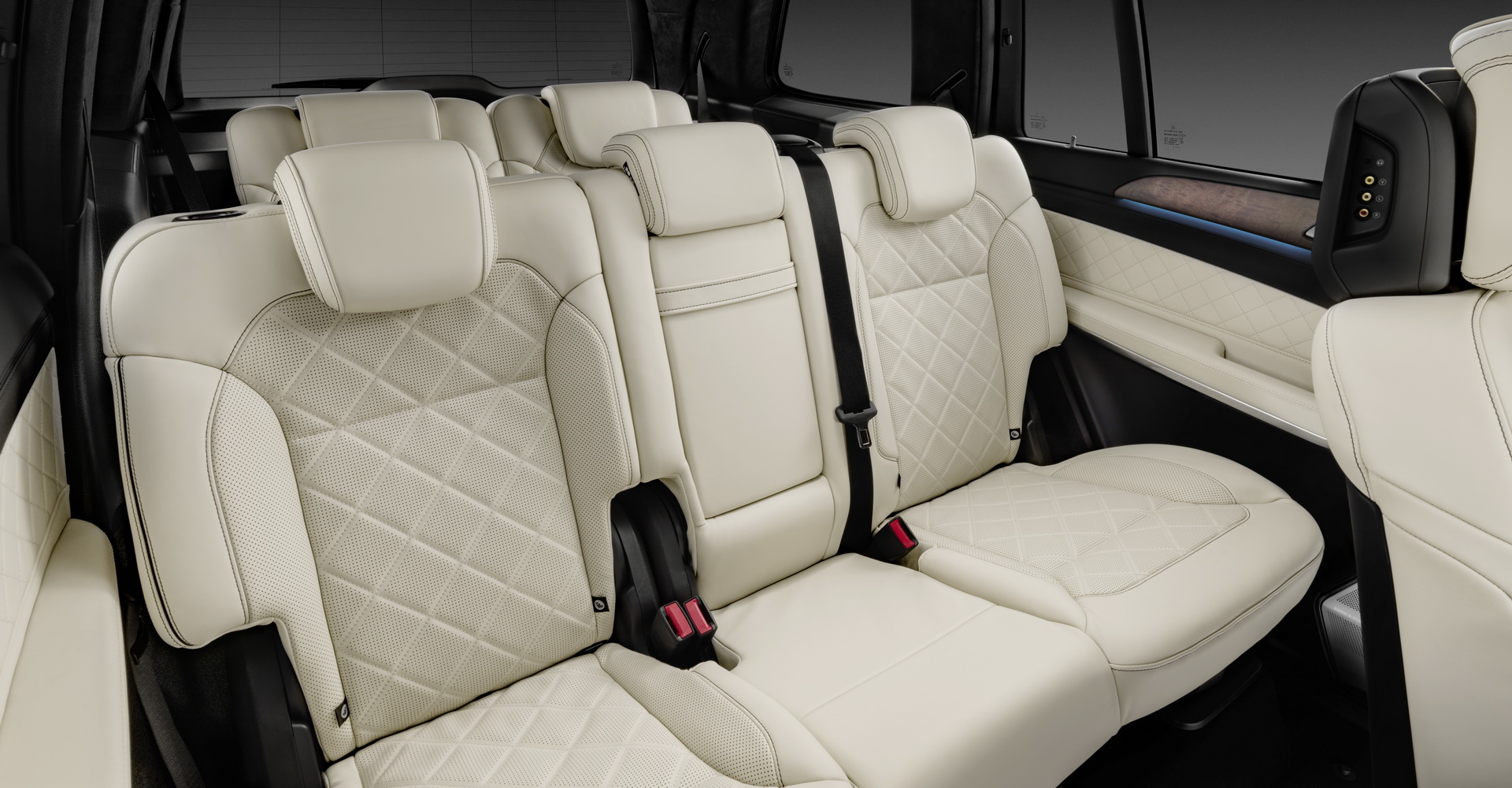We’ve now entered a new age of automotive engineering, and if the late 2000s were more about experimenting with segment variations, the 2020s seem to be all about expanding offerings to cover all sizes and needs.
The fact that there is such a model as a BMW X7 is proof that the German automaker is leaving no stone unturned when it comes to segment diversity.
You can even argue that this segment wasn’t all that crowded as far as European products were concerned, with the Mercedes GLS and the Range Rover being the only products you could wholeheartedly call “full-size”. Also, while the Audi Q7 is sometimes regarded as walking the line between mid-size and full-size, technically speaking, it’s still more of a GLE/X5 rival than a GLS/X7 rival.
But enough with that; let’s get to the nitty-gritty and talk aesthetics about these two German behemoths.
The X7 keeps as close as possible to the BMW Concept X7 iPerformance, maintaining the sleek headlights, massive kidney grille and overall design language – at least for the exterior. Actually, we would argue that the production X7 looks a little more robust than the concept, which is good.
Other noteworthy features include the large alloys (20-22 inches), flat roof design, prominent greenhouse with chrome surrounds, long rear doors and split tailgate. The latter you can open and close electronically, as you would with an SUV that’s priced from just under $74,000.
As for its size, the X7 measures 5,163 mm (203.3 inches) in length, 1,999 mm (78.7 inches) in width, stands at 1,805 mm (71.1 inches) tall and has a wheelbase that’s 3,103 mm (122.2 inches) long. Now, here’s how it compares to the Mercedes GLS, which is 5,130 mm (201.9 inches) long, 1,934 mm (76.1 inches) wide, 1,850 mm (72.8 inches) tall and has a 3,075 mm-long (121 inch) wheelbase.
What these numbers basically say is that the X7 is longer, wider and has a larger wheelbase than the GLS, although the latter is slightly taller. Once Mercedes unveil their all-new GLS however, we expect measurements to be even closer, just like many other factors that would probably make you choose the X7 over the GLS if you had to do so right now.
For starters, the BMW looks a lot more modern, especially you look at the rear end design, which is where the GLS is really showing its GL heritage. However, from a front 3/4 angle, you could argue in favor of either model, with the Mercedes still looking sufficiently imposing so as to merit consideration.
You can’t top modern luxury
We’re going to go out on a limb here and say that very few people would actually prefer the cabin of the (older) GLS over than of the BMW X7. The Mercedes’ cabin is based on a design that dates back to 2012, whereas the X7’s interior is as modern as you’ll find on any other BMW.
This also means there is a big difference in available on-board tech, where the X7 boasts a large head-up display, two 12.3-inch displays, ambient lighting, wireless charging, cooled and heated cupholders, voice recognition, gesture control, plus a wide array of driver assistance systems such as the Active Driving Assistant with Blind Spot Detection, Lane Departure Warning, Rear Collision Warning, Frontal Collision Warning and Pedestrian Warning with City Collision Mitigation – and these are only the systems that are standard.
Even its Bowers & Wilkins sound system is better, at 1,500 watts across 20 speakers, versus the Mercedes’ Bang & Olufsen 1,400 watt system with 14 speakers.
The GLS, on the other hand, has adaptive cruise control and that’s pretty much it, as far as advanced driver assistance is concerned. Otherwise, you still get rear seat entertainment, three zone climate control, Mercedes Me connectivity and all the luxury amenities you’d expect from a yesteryear flagship SUV.
Finally, let’s talk costs, because now that we know the X7 will set you back at least $73,900 in the U.S., we can try to look at these two models from a value perspective, which could have favored the outgoing GLS if Mercedes wouldn’t have priced it from $70,150.
As far as luxury products go, there’s not a lot of money between these two, and tech-wise, you can bet that the BMW will more than make up for that $3,750 price difference.



